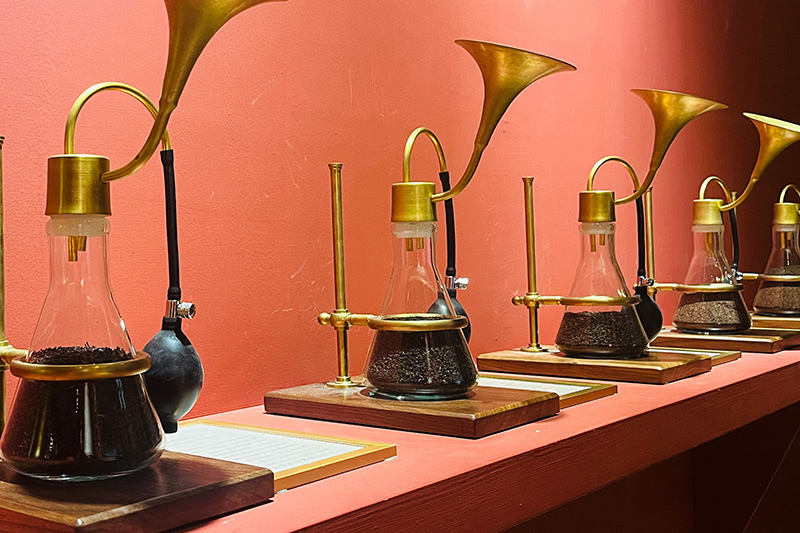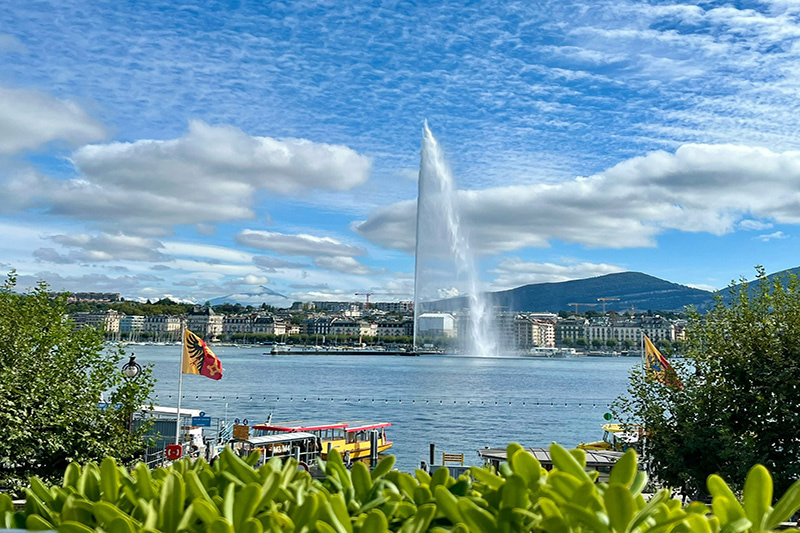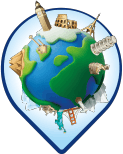When planning a school science trip to Geneva, the United Nations and CERN usually come first to mind. The science museum in Geneva offers a different kind of stop—a lakeside villa filled with historic instruments that show how science once shaped everyday life. What makes it work for school trips is simple: no entry fee, a central location, and a visit that can fit between bigger stops.
In the next sections, we’ll explore why it deserves a place on your itinerary and what you’ll find inside.
Why the Science Museum in Geneva Belongs in Your Trip
For groups heading to Geneva, the Science Museum is one of those places that makes the itinerary feel complete. While CERN shows the cutting edge of physics, and the United Nations highlights global diplomacy, this small museum gives you a different perspective—the history of science itself. Students can see how experiments were once carried out, how ideas developed, and how the instruments of the past paved the way for discoveries we take for granted today.
What makes it even more appealing is the balance: it’s close to the city centre, surrounded by lakeside gardens, and free to enter. That means there’s no barrier to dropping in for an hour or two, whether as a planned stop or as a way to give students a quieter moment between the busier landmarks of Geneva.
What You'll Find Inside Geneva's Museums

The museum isn’t huge, but that’s part of its charm—each room is carefully curated, giving you a clear sense of how science evolved in Geneva and beyond. Here’s what stands out when you step inside:
Scientific Treasures from the Past
The museum’s collection focuses on the 17th to 19th centuries, with instruments that show how science was practised at the time. They can look through telescopes that once mapped the night sky, trace weather patterns on early barometers, and see the microscopes that first revealed the hidden world of cells. Globes and navigation tools line the cases, many linked to Geneva’s own scientists such as Saussure and Pictet. For a school science trip to Geneva, it’s a chance to connect historic instruments with the lessons students learn in the classroom.
A Villa by the Lake
The museum is housed in the Villa Bartholoni, a neoclassical building from the 19th century. From the upstairs windows you can see Lake Geneva and, on a clear day, Mont Blanc in the distance. For students, it’s not just another gallery hall—walking through restored rooms makes the science feel connected to the lives of the people who once used these instruments. Outside, the gardens offer space to pause, take photos, or simply let the group catch their breath before moving on to the next stop.
Spaces That Invite Curiosity
Although most of the displays are historic, the museum doesn’t feel stuck in the past. Temporary exhibitions connect older instruments with today’s questions, from how we measure climate change to how medicine has advanced. Interactive models and hands-on activities give students a chance to test simple experiments, making the visit more than just looking at objects in glass cases.
It’s the kind of visit that shows why school trips are important in the first place.
More to Explore Around the City

Close by is the Museum of Natural History, where students can move from historic instruments to fossils, animal displays, and exhibits on biodiversity. The Red Cross Museum offers something very different again, telling stories of humanitarian work, while the United Nations Office brings politics and diplomacy into the picture. If you want to lighten the day, the Jet d’Eau fountain is close by and makes for an easy photo stop.
For a school trip to Geneva, this mix matters. The Science Museum gives a clear window into scientific heritage, and the nearby attractions add culture, global issues, and a touch of fun. For teachers planning school trips abroad, it’s proof that science, history, and culture can all be built into the same day.
It’s the kind of mix you’ll find in plenty of creative trip ideas for schools, combining science, culture, and a bit of fun to keep students engaged.
Linking Geneva with Other Learning Destinations
Geneva often sits alongside other major stops on a school trip, and that’s where the Science Museum really comes into its own. It doesn’t compete with places like CERN or the United Nations; instead, it adds balance by showing the roots of scientific discovery.
- Paris – Home to world-famous icons like the Louvre and the Stade de France, but Geneva’s Science Museum offers something those don’t: a close-up look at the instruments that shaped everyday science.
- London – The British Museum gives the big-picture view of civilisation; Geneva zooms in on the tools and experiments that changed how we study the world.
- Brussels – The Atomium and the Natural Sciences Museum celebrate modern innovation; Geneva highlights the journey that got us there.
Make the Most of Your School Trip to Geneva
The science museum in Geneva is a simple but rewarding stop, with historic instruments, a lakeside villa, and hands-on displays that fit neatly into any school science trip.
Planning a school trip doesn’t have to be complicated. At Interschool Travel, we’ve spent over 40 years helping schools organise trips across Europe, sorting out the plans, places to stay, and visits along the way. Every trip has a Tour Leader to guide your group and all the visits sorted ahead of time, making things easier for teachers and students alike.
Reach out to us and we’ll help you put together a Geneva trip that’s fun, smooth, and full of learning.

.jpg)
.jpg)
.jpg)
.jpg)